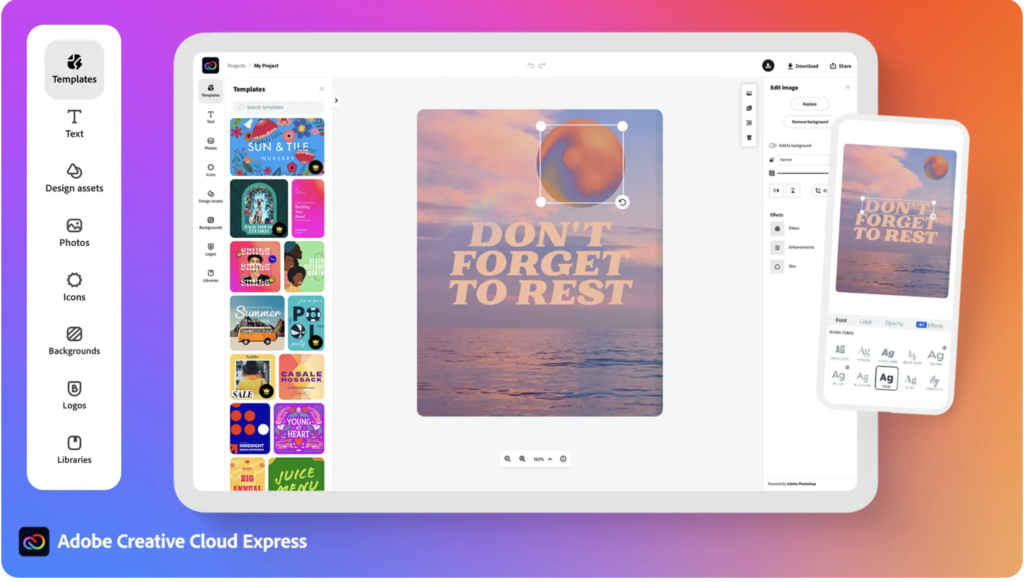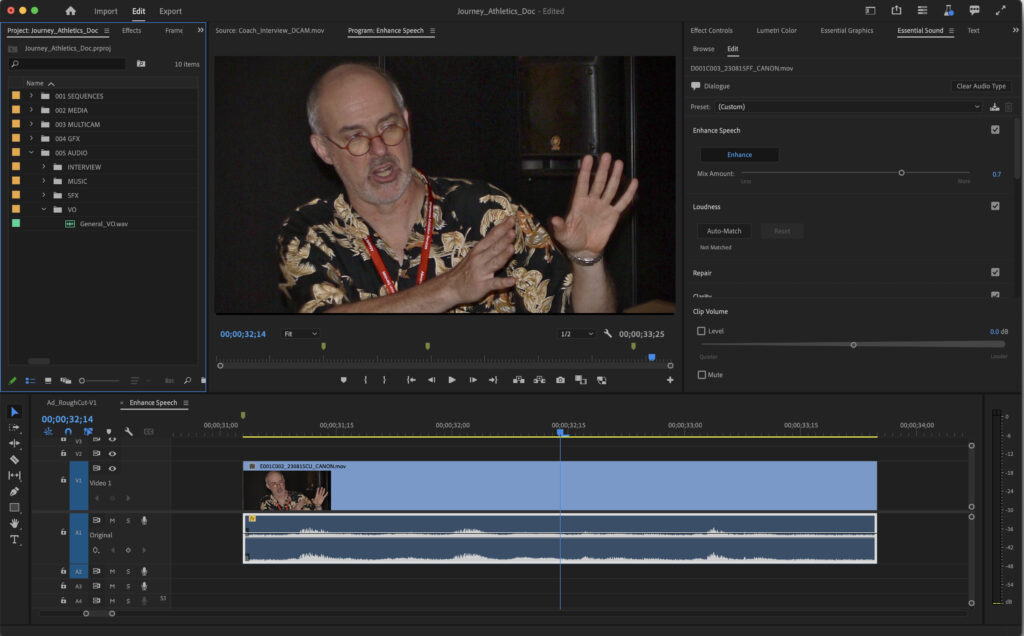Archive for October, 2023
 AI and the Creative Process
AI and the Creative Process

by Barry Braverman
For cinematographers, editors, screenwriters, and others involved in creating film and TV shows, the question inevitably arises: What will become of content-creators as AI overspreads the broadcast and entertainment industries? What will be the reaction of the public when it finally happens, when computers’ works receive Academy Awards and land all-AI-generated exhibition at MOMA?
Notwithstanding the current widespread concern and alarm, the fact is that artificial intelligence will never fully emulate human creativity. Quite simply, the process of creating compelling music, fine art, or a TV show, is anathema to a generalized solution powered by a machine-learning algorithm. Indeed, some of us can recall, not so fondly, an AI application from decades that claimed to be able to generate a ‘hit’ pop tune from scratch. Making use of machine-learning and AI, the 1989 program did in fact generate the notes and simple chords of a potential pop hit, but when asked to ‘humanize’ the work in the final pass, the AI ‘thought-process’ failed miserably. In the end, the doomed program could only succeed in creating the work of a human making music and performing it very badly. The end result, in many ways, was merely a facsimile of a creative work, and a vastly inferior one at that.
Today, needless to say, the sophistication of machine-learning and generative AI far exceeds the crude capabilities of 35-year-old software. But the lesson learned resonates as much as ever. The creative process is inherently undefinable and full of nuance. There is no logic to it. Ultimately, the wit and whimsy of the human artist cannot be fully emulated.
For cinematographers, editors, and content creators, the promise and benefits of artificial intelligence lies in the tools we use every day. Thanks to the recent advances in machine-learning, our latest-generation cameras feature auto-focus systems that can, among other things, distinguish between the sky and a side of a building, a lamppost from a human being, and the eyes from a subject’s nose.
In the rapidly evolving realm of AI-powered software, Adobe is applying artificial intelligence in a big way, taking advantage of its Sensei-machine learning to facilitate and accomplish a wide range of tasks, from creating Instagram posts and TikTok videos, to organizing one’s résumé and even concocting a social media campaign. It’s worth repeating that low-cost, simple yet powerful tools like Adobe Express, as remarkable as they are, do not replace the human element. Rather one can think of Adobe Express and versatile AI-powered software like it, should be seen as only a starting point for one’s creativity and input. Like the default drop-shadow setting in Photoshop, the viewer can feel,if not readily identify, the clinical hand of rudimentary machine input. It is up to the user, the artist, to add the imprimateur and human quality that no software can approach, however it may be AI-powered now or in the future.
Adobe’s announcements at IBC were replete with impressive, new capabilities for professionals operating in graphics and video. The integrated Enhance Speech feature, for example, inside Adobe’s latest Premiere Pro release, is remarkable at transforming substandard audio and creating the impression of a proper studio recording. Content creators, V-bloggers and others, can now with a single click, dramatically improve the quality of problematic audio, including audio that was previously thought lost and unusable. It’s only a matter of time when such advanced capabilities come to more layman applications like Adobe Express.
As it is, Adobe Express offers broad media capabilities with a simple interface. It’s not strictly speaking a fully professional tool with all the bells and whistles – heaven knows, Adobe offers a ton of high-level applications for that. The idea here is to utilize the capability of AI and machine-learning to get the ball rolling whether one is designing a brochure or designing a complete website. Like a kind of modern-era think pad, the app provides the impetus and groundwork for the true artist to apply their magic.

The Enhance Speech feature inside Adobe Premiere Pro is remarkable at transforming substandard audio and creating the impression of a proper studio recording. Content creators can dramatically improve the quality of problematic audio, including audio that was previously thought lost and unusable. In some form, one can expect to see such a capability appearing soon in more layman-like applications like Adobe Express.